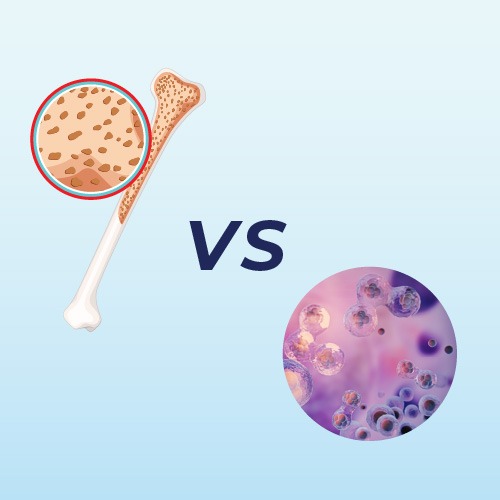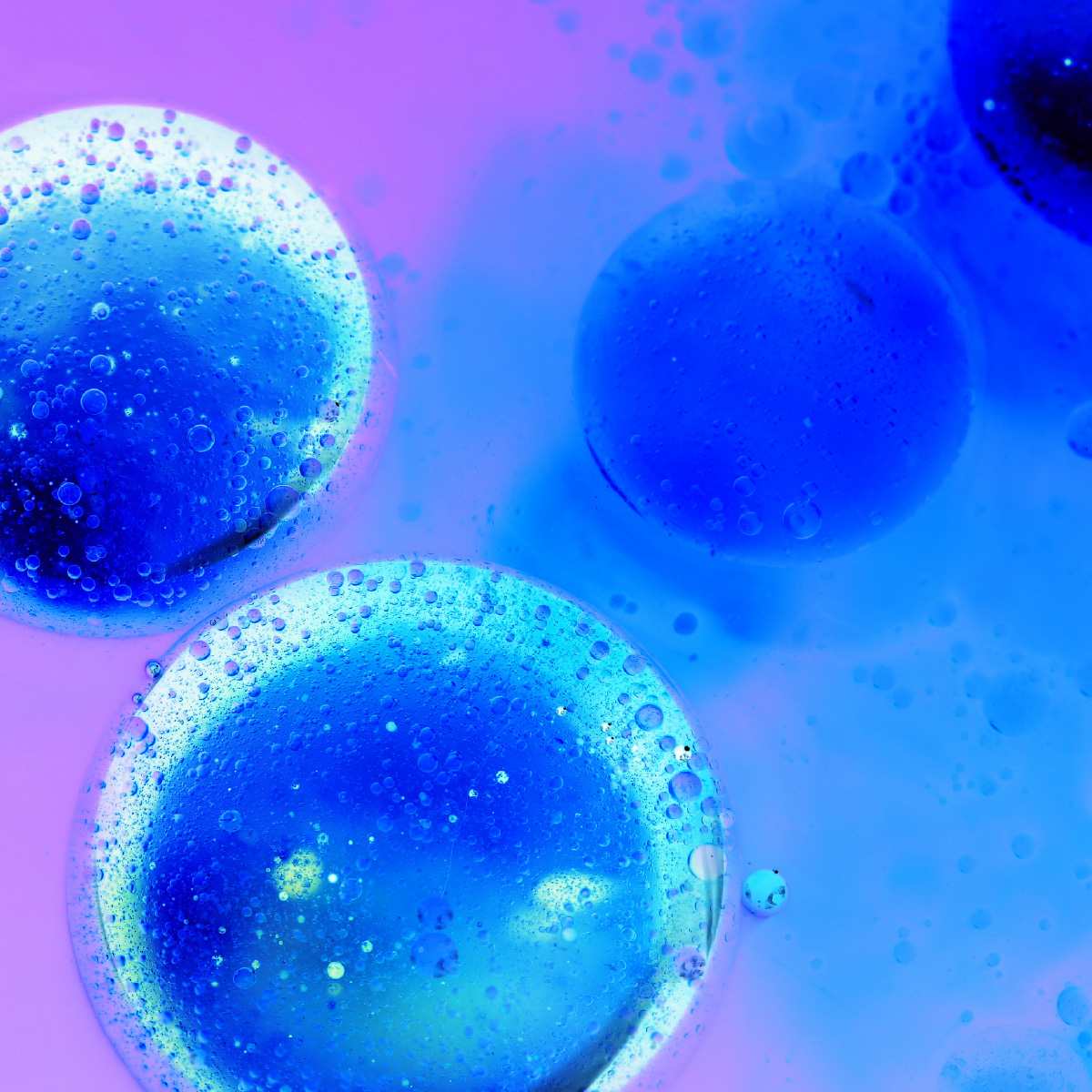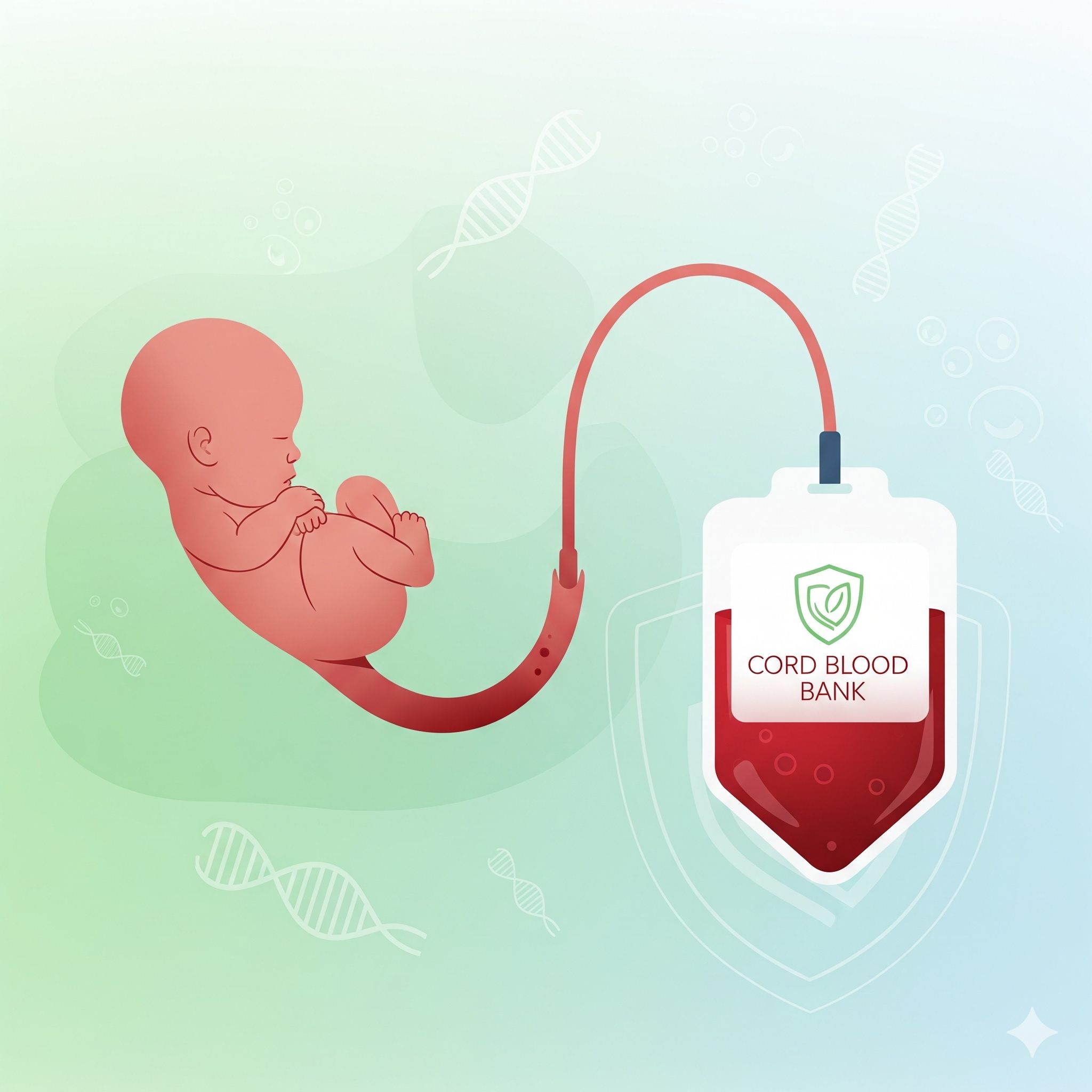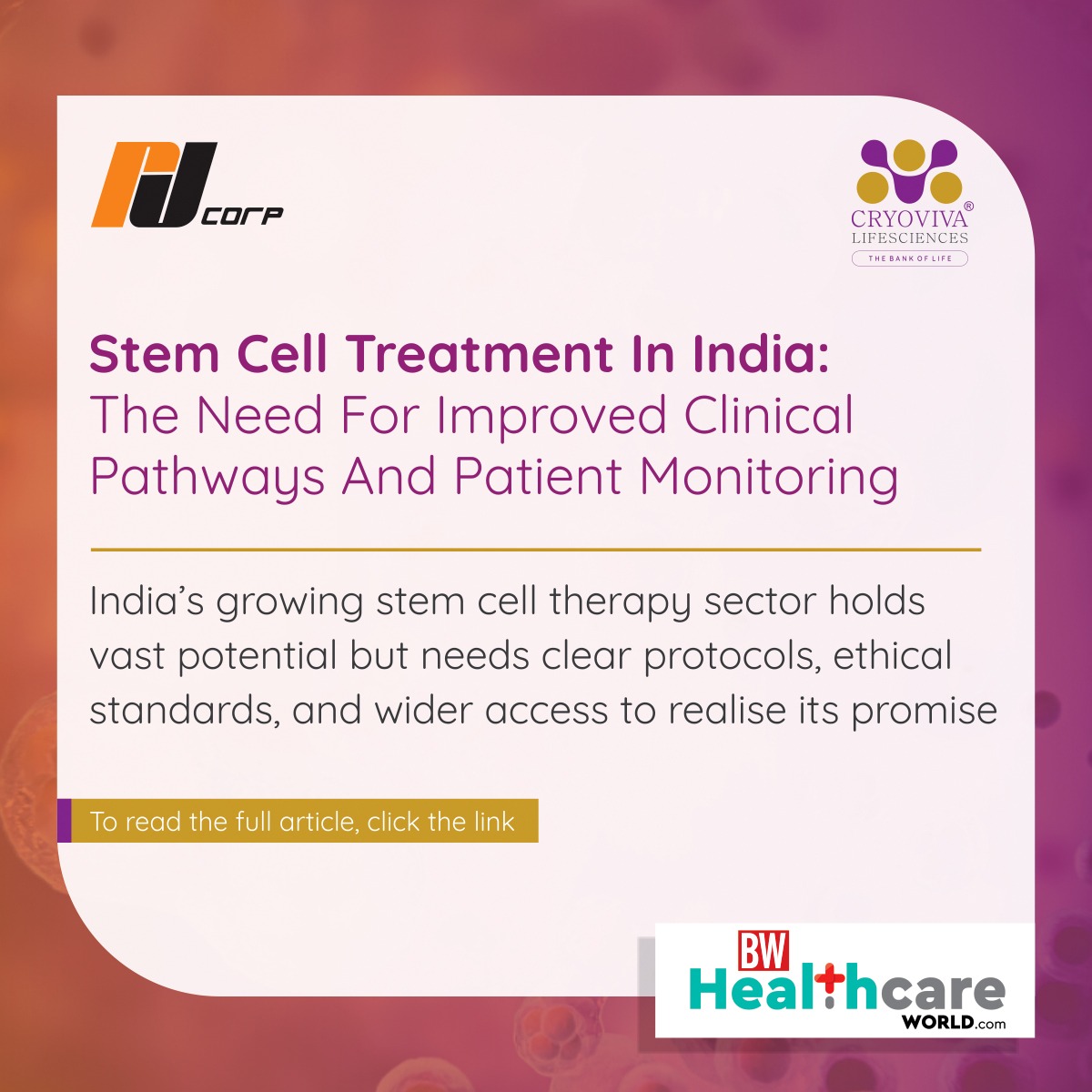Bone Marrow vs Cord blood Stem Cells

Stem cell transplants have already transformed medical treatments to a great extent. These cells have their unique features but many differences too. They help medical officials treat some life-threatening conditions like leukaemia, lymphoma, and other immune disorders. Now, the question is - what is the source of cord blood stem cells?
Currently, you will find two options: transplants with bone marrow and cord blood. Both these sources contain haematopoietic stem cells (HSCs) that can regenerate blood and immune cells. However, you must also know the distinct characteristics associated with benefits, uses, and therapies to figure out which option works the best.
Pros and Cons of Cord Blood
Cord blood refers to the blood left over in the umbilical cord after the baby is born and the placenta delivered. This umbilical cord blood can be easily collected and stored, either privately or publicly.
Pros
- If you preserve your baby cord blood stem cells, any individual waiting on the transplant list could use them for treatment.
- Privately storing your baby’s stem cells gives your family access to lifelong safety for medical treatments. The baby will have a 100% genetic match, which means their siblings will also have a higher chance of being a partial match should they need the stem cells in the future.
- Umbilical cord stem cells rarely carry any kind of infections or diseases. This also means they are less likely to be rejected when used for medical treatment.
- Cord blood stem cells can be used in the treatment of over 80 conditions worldwide.
- Cord blood collection is less painful, less complicated, and less risky than bone marrow. The procedure is non-invasive too.
Cons
- The number of cells collected often impacts their usage in treatment. If the collected sample is too small, the individual might need to use samples from multiple donors.
- Private storage isn’t free for cord blood stem cells.
- If the condition being treated in a patient is a genetic disorder, the individual's own blood cannot be used because of the threat of mutation. Hence, a donor will be needed to further assist in the treatment process.
Pros and Cons of Bone Marrow
Bone marrow stem cells are derived from the marrow itself. The soft spongy centre part of the bone is rich in blood vessels. You will usually find two types of bone marrow: the red one, which contains blood stem cells, and the yellow one, which is made of fat.
Pros
- No ethical issues associated with bone marrow transplants being used for treatment.
- Can be used in the treatment of cancers and other blood-related disorders.
- Less likely to be rejected by the human body than other transplant types like an organ transplant
Cons
- Sightly painful and invasive collection process.
- Higher potential for rejection
- Potential risk of infection
- More expensive than other stem cell therapies
Which Option is Better?
There is no one-size-fits-all answer. Bone marrow transplants offer faster engraftment, while cord blood transplants provide greater accessibility and reduced risk of rejection. The choice depends on the patient’s condition, availability of a matching donor, and medical requirements.
If you’re still confused about the best option for your needs, consult with the best experts at Cryoviva Life Sciences, a platform specialising in stem cell banking. They can help you learn more about the benefits of cord blood stem cells for your baby’s future health.










 Enquiry
Enquiry
 Email
Email Phone
Phone
 Whatsapp
Whatsapp